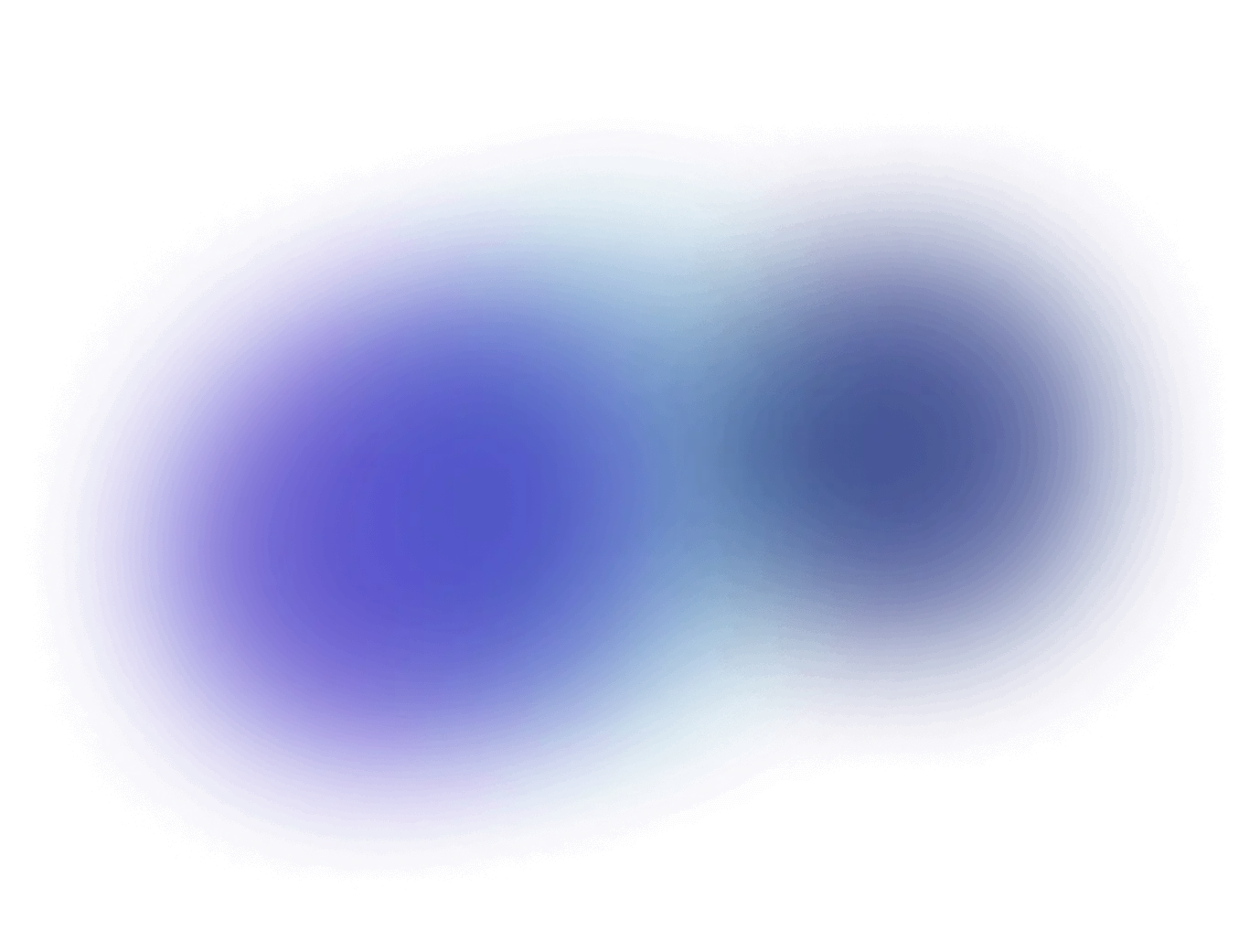Hardware virtualization

Hardware Virtualization is a creation of virtual machines and environments based on the processor and its properties.
This approach allows many isolated virtual systems to be created on a single piece of hardware.
Hardware Virtualization
Hardware Virtualization (HV) can only be used on processors that support the Virtual Machine Extension (VMX) instruction set. They provide direct access from the virtual machine OS to the resources of the CPU(s). Such operating systems are also called “guest” operating systems because they run in a virtualized environment.
To create virtual machines, specialized software called Hypervisor is used. It just divides guest operating systems into independent of each other objects that share common server resources.
The advantage of this separation is that virtual machines cannot affect the speed of others and change the amount of resources allocated.
Main functions
Any hardware virtualization must provide the following features for stable operation:
- Processor virtualization. All the technology and instructions that are available to the physical processor are also available to the virtual processor.
- Graphics views. Virtualization allows guest operating systems to access the graphics adapter and its functions independently.